Improving Email Campaign Success: Key Takeaways from a Client Meeting

Written by Sanju on
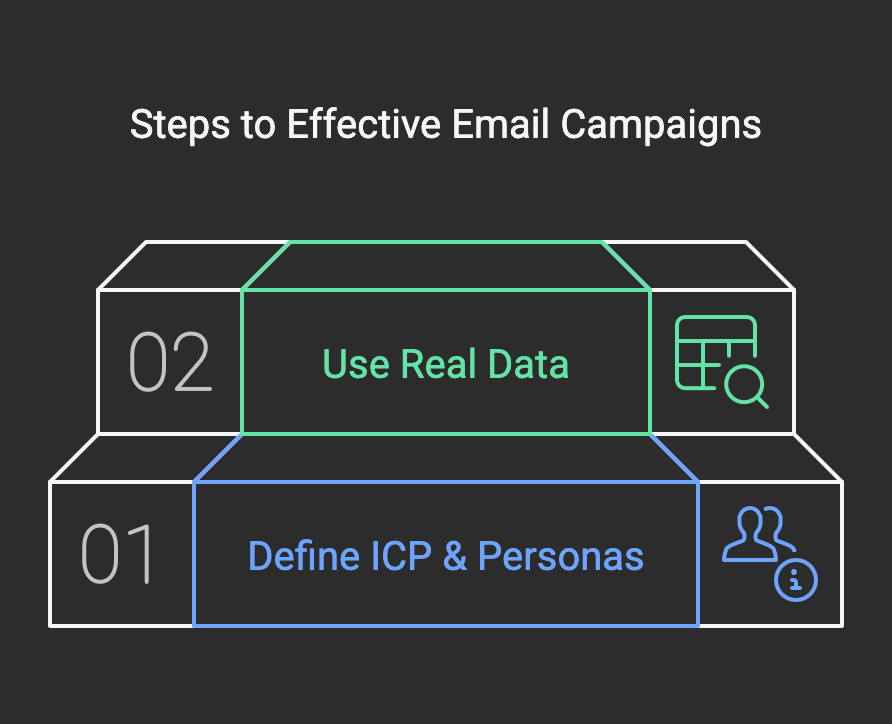
Before starting to use Email Campaign tool
1. Define Ideal Customer Profiles (ICP) and Buyer Personas Early
- Establish your ideal customer profile (e.g., companies with 100-5,000 employees, product-focused, funded, and needing IT services).
- Identify buyer personas such as CTOs and CFOs who make purchasing decisions.
2. Use Less Data, but use Real Data for Testing
- Avoid using dummy data. Real company leads ensure that AI-generated emails are accurate, personalized, and showcase the tool’s true potential.
Designing your email
1. Establish Credibility Early
- Begin emails with recognizable client names to establish credibility. For example: “We have helped MIT, Harvard, UCLA, UCSB, and Univ of San Antonio with AWS Backup, Disaster Recovery, and AI-based Admissions processes.”
- Mention specific projects or services provided to well-known clients early in the email.
2. Be Specific About Services
- Replace generic terms like “custom software solutions” with detailed descriptions of the work done, such as “developed AI-driven claim processing modules for HDFC Insurance.”
- Tailor content to the recipient’s industry, using terminology and services relevant to them.
3. Short, Focused Emails
- Keep emails concise and to the point.
- Avoid long, generic content; highlight unique offerings quickly.
4. Use Clear, Non-Spammy Language
- Avoid words that trigger spam filters like “insurance.”
- Ensure subject lines are free from trigger words and focus on value propositions.
5. Leverage Success Stories
- Link to detailed case studies on your website.
- Reference past successes directly within the email body.
6. Regular Follow-Ups
- Use an automated schedule for follow-ups, such as one email per week.
- Draft personalized follow-ups that maintain consistency in messaging.
7. Data Segmentation and Customization
- Segment email lists based on service type, industry, and past engagements.
- Customize emails for each segment, ensuring relevance and resonance.
8. Iterate Based on Feedback
- Analyze responses (or lack thereof) to refine subject lines, email content, and call-to-action (CTA).
- Set regular review meetings (e.g., every two weeks) to evaluate campaign performance and make necessary adjustments.
Conclusion:
The insights from this meeting emphasize the importance of establishing credibility, being specific, and continually refining email strategies. Implementing these action items can significantly improve email campaign responses and client engagement.
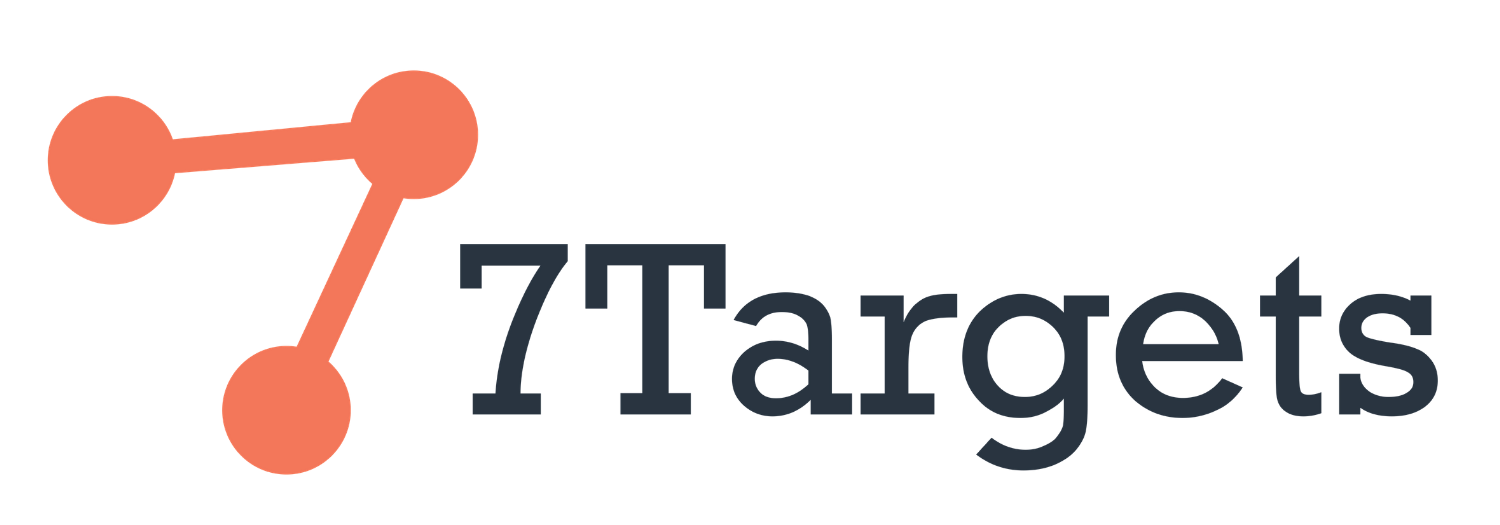
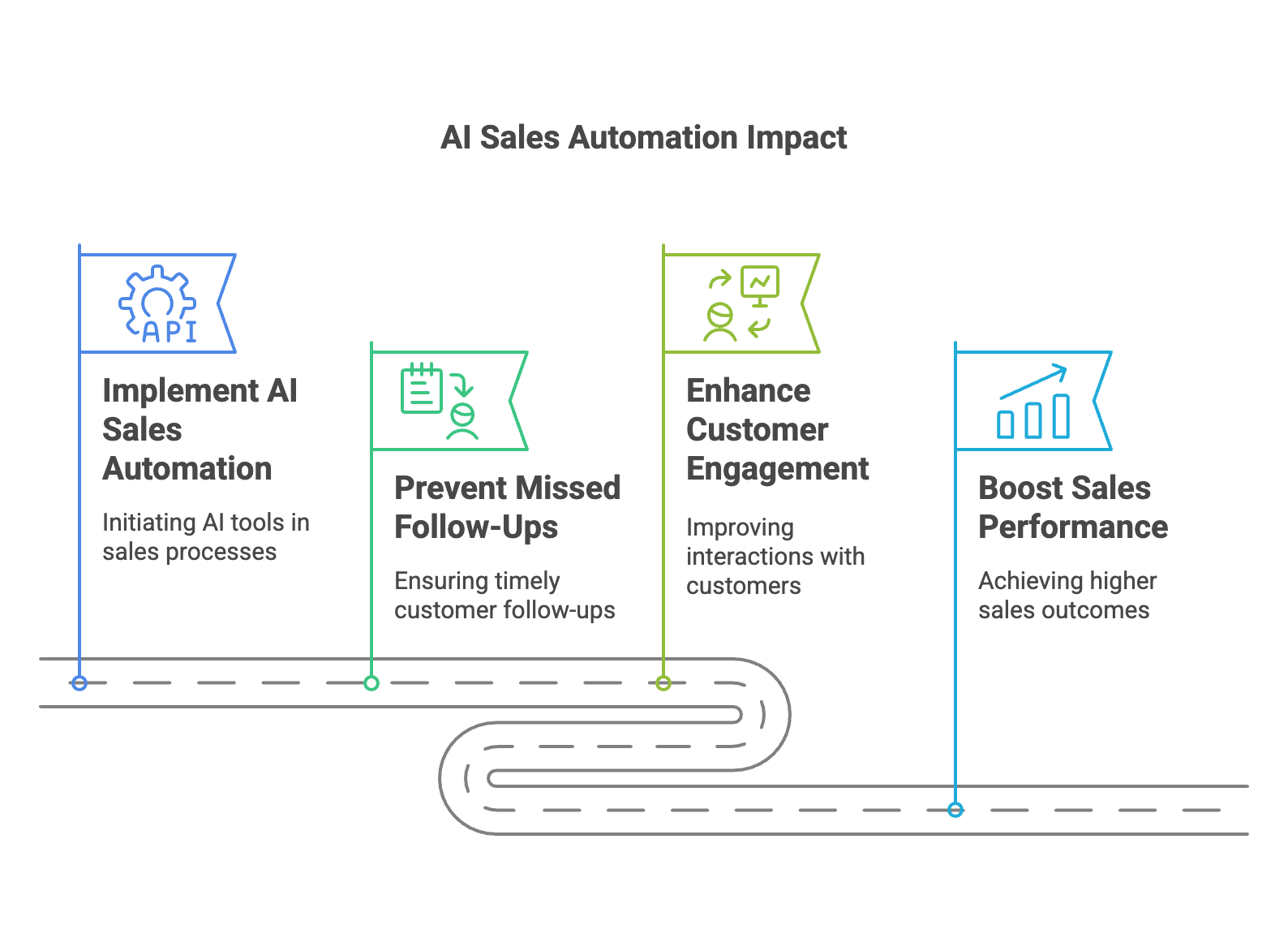

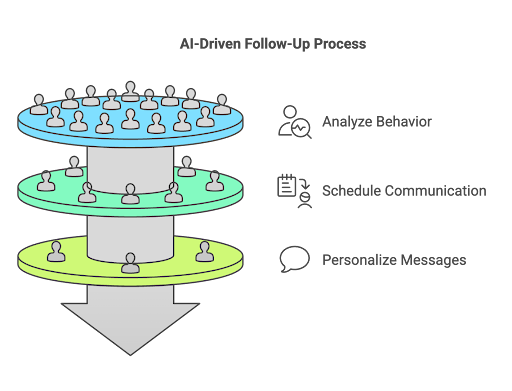
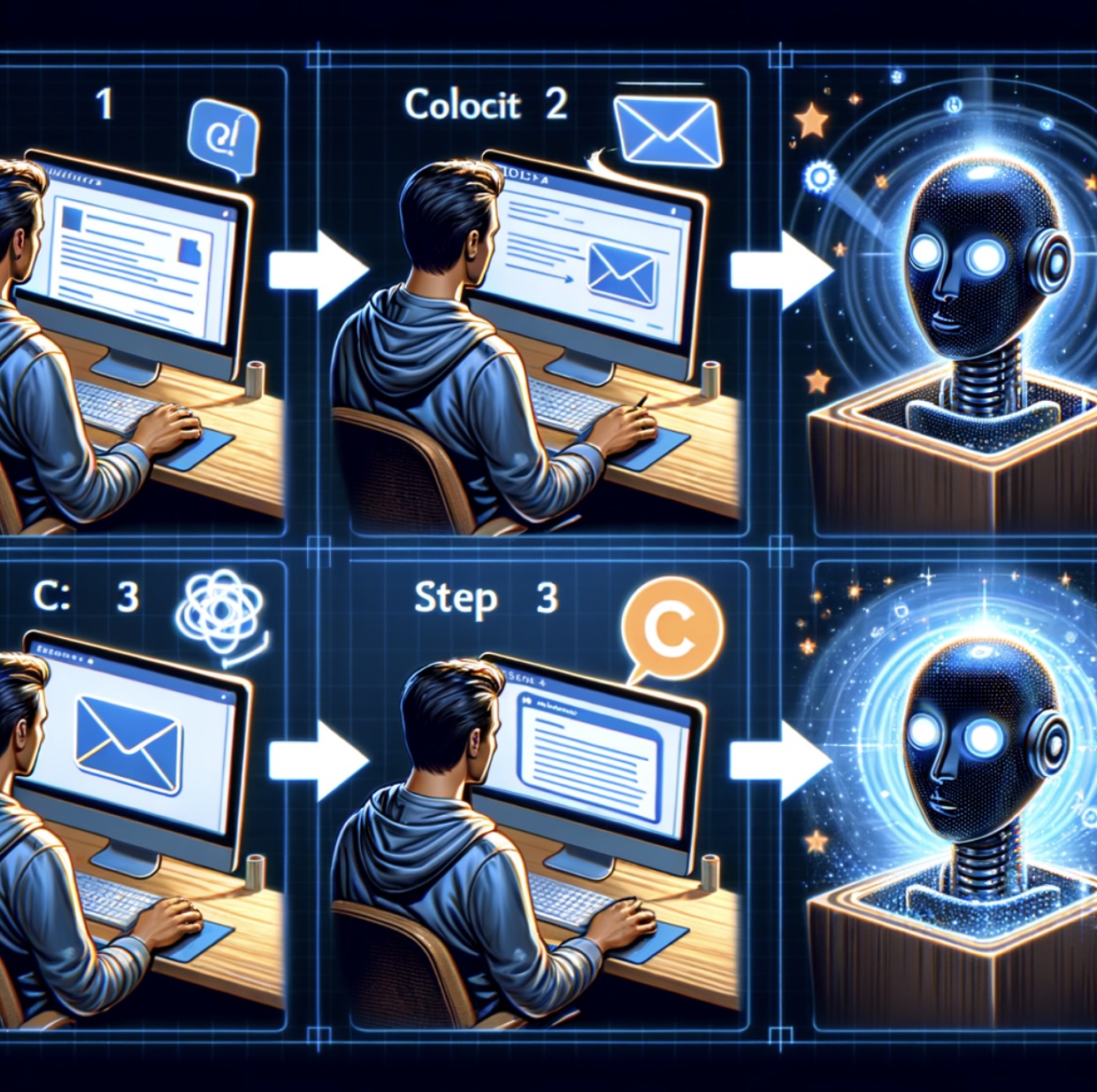
Comments